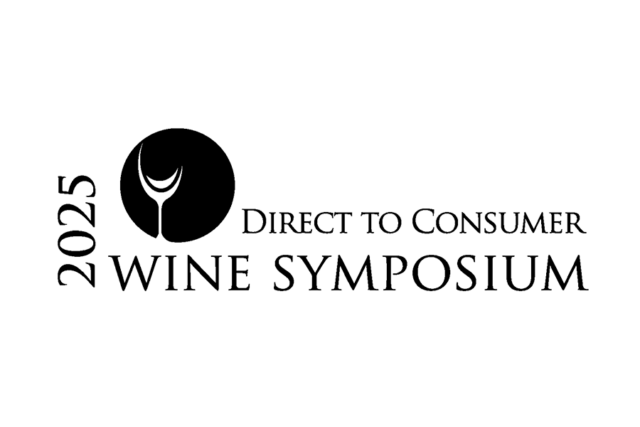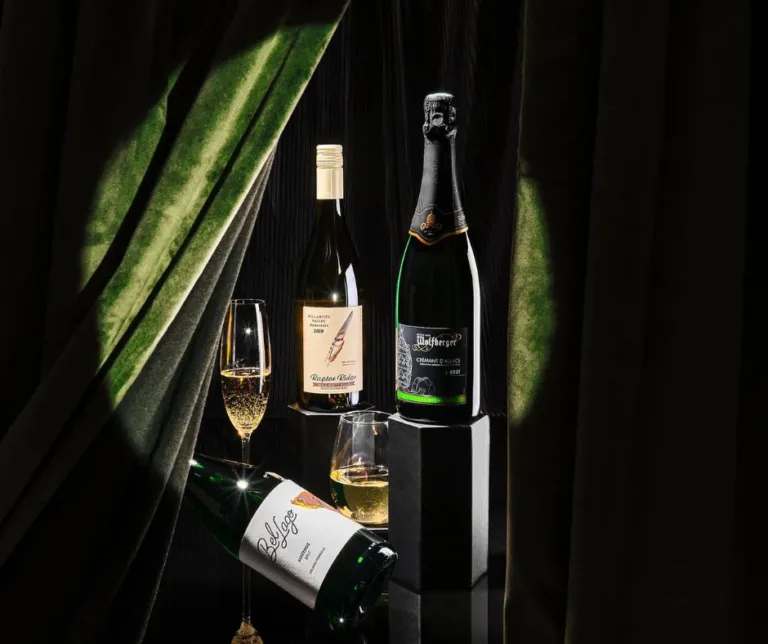If you’ve ever accidentally poured way too much vinegar into a salad dressing, you understand the delicacies of blending disparate ingredients.
For winemakers, blending is equal parts art and science, and it creates some of the world’s most iconic wines. Amarone, Châteauneuf-du-Pape and Chianti are all blends. Most Champagnes and rosés are, too.
There are several ways to blend wine. For instance, let’s say you work at a Bordeaux chateau. If the Cabernet Sauvignon coming out of the vineyard is un petit peu tannic, you might mix it with some Merlot or Cabernet Franc to soften its rougher edges.
Alternatively, if you make wine for a Champagne brand that’s famous for its yeasty opulence, you’ll blend each new vintage with previous years’ wines to maintain your house style.
“Blending can be within a vineyard, a region, a variety or between varieties,” explains Emma Wood, chief winemaker of Wirra Wirra Vineyards in McLaren Vale, Australia. “I blend to create wines with greater depth and layers.”
Here’s everything you need to know about blending, including how it works and why it’s the backbone of so many world-famous wines.
Red Blends vs. White Blends
In red and white blends, the goal is always to create a cohesive whole that’s better than the sum of its parts. However, there are nuances to how they’re made.
Several prominent red blends get their flavors, textures and colors from a mixture of red and white wine grapes. Even though a wine is categorized as a red
This Article was originally published on Wine Enthusiast






